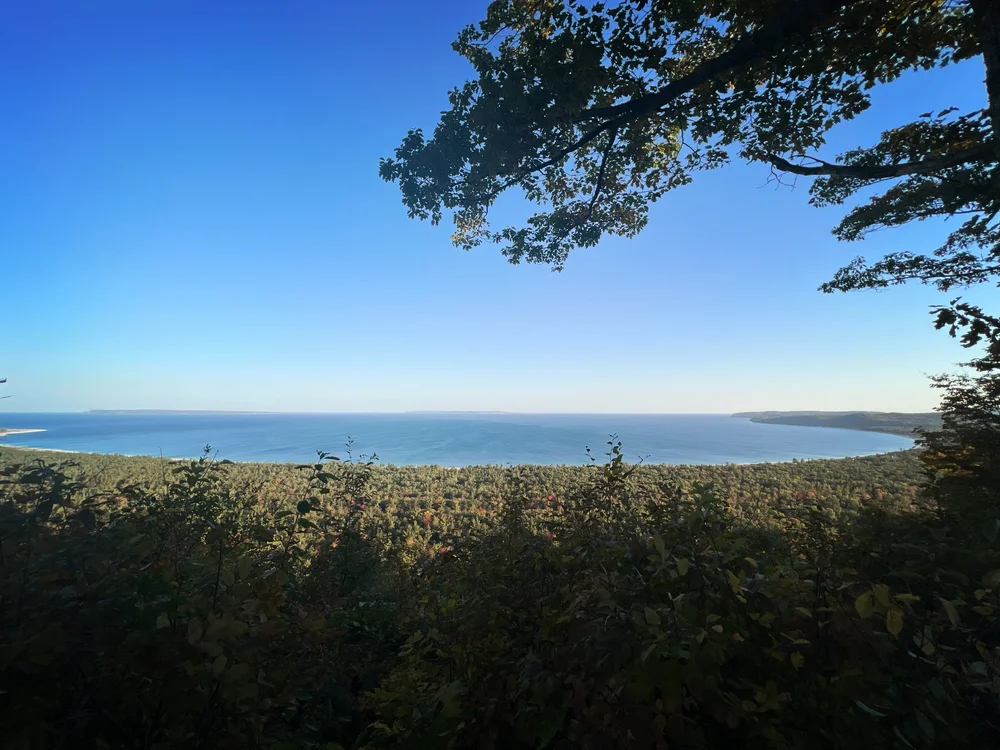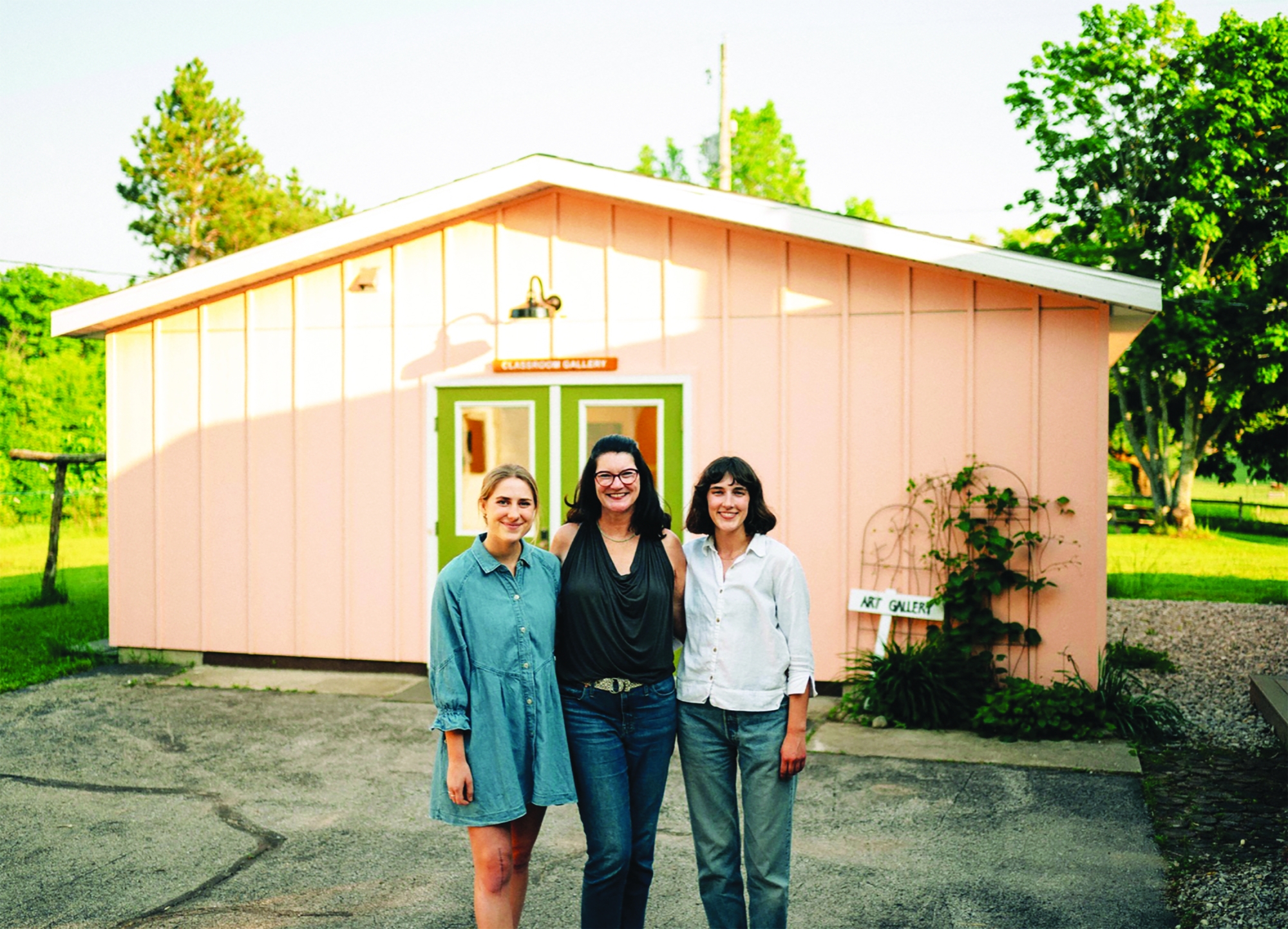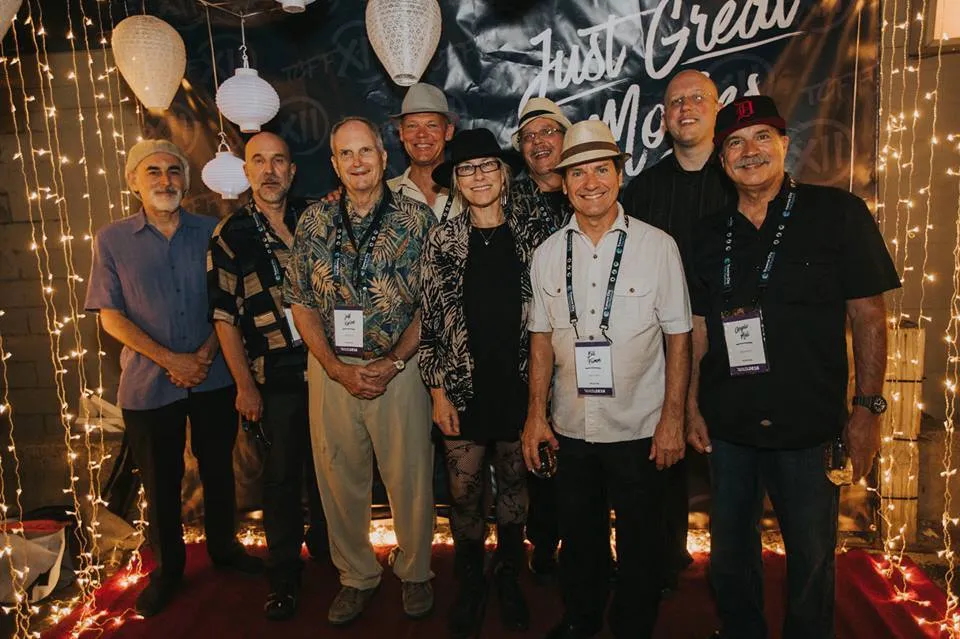Hit me with your best shot: the underrated value of one good pic
By Tim Mulherin
Sun contributor
My first memory as an earthling is beautiful. And totally inexplicable.
I remember lying on my bed in Scranton, Pennsylvania. It was summer 1959, and I was three years old. I can still envision the moment—66 years later. It’s nap time. Perhaps I’ve just awakened; chances are I never cooperated with the imperative to sleep. I’m gazing at floating dust motes highlighted by the mid-afternoon sunlight pouring through my second-floor bedroom window as they dance in an unseen current, which I stir with my hands.
Outside, the scissor-like sound of the whirring blades of the manual lawnmower pushed by my father can be faintly heard. We are living on a hillside street in Appalachia, and all is well.
Yet, I am left to wonder why this placid scene, bearing no apparent significance, remains such a clear, easily accessed memory. Especially when considering the countless experiences I had at the age of three, and that I cannot recall any of them save this one. Nevertheless, it remains permanently fixed on page one of my life catalogue.
From the time I was born until my early 20s, there is scant photographic evidence of my existence. Buried away in some closet at home in a shoebox is a handful of yellowing black-and-white prints, artifacts of my history. Among them, the obligatory first birthday cake and the highchair-bound honoree pic. The arms of my father reaching down from above as if the Almighty, as I grip his index fingers, a snapshot of baby glee while taking some wobbly fledgling steps. A photo of my three younger siblings and me on Christmas Eve 1966 taken from floor level by our mother. A gentle 11-year-old child in his CYO football uniform on picture day being indoctrinated into the gloriously violent American pastime. It’s an oddly arbitrary curation.
Memory was all we had to work with to “record” moments, both special and mundane. Then along came photography. According to Britannica, the image-capturing technology began in the 1830s. It was a skill that wasn’t easy to pick up. Nowadays, though, most everyone above the age of 12 can be a photographer/videographer in an instant thanks to the proliferation of smartphone cameras. Artistry, however, remains elusive to many.
Social networking sites are virtual photo galleries, with billions of pics posted daily. Everything we do is recorded for cloud storage, not so much for posterity: holidays, weddings, births, animals wild and (especially) domesticated, natural disasters, warfare, vehicular crashes, police arrests, the food we’re eating, the dances we’re doing, even sexual encounters. In other words, everything under the sun. When it comes to memorializing ourselves, we humans just can’t get enough.
I used to receive a photo dump of my grandchildren from their parents most every alleged special occasion that my wife, Janet, and I did not attend, and even the ones we did. It’s the photographic custom of the third millennium. Children are well-trained subjects, from infancy on ever ready to smile for the camera. By the time they’re in middle school, they can strike a pose on demand.
The batches of high-resolution color images of our grandchildren were all basically the same: beaming faces aimed at the smartphone camera lens. Janet can’t get enough of these pictures; I can.
Because the quality of my photojournalism work in the ’80s and ’90s depended upon taking at least one good shot—while limited to a film roll of 12, 24, or 36 exposures loaded into a manual camera—I always prefer that one best representative image, particularly when my grandchildren are involved. Better yet, make it a candid, a photo that captures their personalities in their element.
Apparently, word got out about my editorial preferences. Now I receive carefully curated grandkid photographs texted to me by my son and daughter. Just a few of whatever happenings, big or small, are occurring in their offspring’s lives. A water snake swimming in a creek while the kids are hiking. A grandson catching a nice-sized smallmouth bass. A granddaughter performing at a cheer competition. I say the fewer the better. And I treasure them even more because of it.
On Leelanau County beaches during the summer, amateur photographers are everywhere. Understandably, they take countless photos of the stunning setting they’re recreating in, all deserving subjects. The Manitou Passage and the Manitou Islands. Pyramid Point. Whaleback Hill. Good Harbor and Sleeping Bear bays. Beaches, forests, and dunes; horizons where water meets the sky; singular sunsets, each commemorating a day well spent. Yet the grandeur of nature Up North is often relegated to mere background. It seems that the favorite photographic object for so many is, well, themselves.
Recently, on a sunny Good Harbor Bay beach day, Janet and I noticed a young woman nearby taking a stream of selfies as she sat on a towel in her swimsuit. The wind gently stirred her black tresses as she primped for every shutter click. She rotated her handheld phone camera in a roughly 180-degree arc, searching for just the right angles. This exercise in self-admiration lasted about 30 minutes. I wondered how long the follow-up editing session would take in the quest for narcissistic perfection.
I was in Glen Arbor visiting my friends at Cottage Book Shop on Friday, June 13. The town was brimming with visitors, many there to register for the M22 Challenge taking place the following morning. Not one for large crowds, I felt an overwhelming urge to flee. So, it being late Friday afternoon, a people-avoiding, mind-clearing hike would re-center me.
When I pulled into the Alligator Hill Trail parking lot a few miles away, it was just me. Then the heart-rousing ascent did the trick. When I arrived at the Islands Lookout’s panoramic northern view of the Manitou Passage about 30 minutes later, I ignored the impulse to immediately pull out my iPhone and begin snapping photos. Instead, I just looked.
And looked. Then I sat down on the bench and looked some more, imprinting the breathtaking scene for future reference. There would most always be an iPhone in my pocket whenever I felt the need to point and shoot. This moment of my being there, however, would not repeat itself. So, for a change, I wanted to be fully present, not somewhat removed by staring through my smartphone screen’s viewfinder. More participant, less observer.
Seldom do I reminisce with any of my iCloud-stored photos. But I did just that a few days ago, on the sixth anniversary of an image taken that means the world to me.
It’s June 19, 2019. Janet and I are visiting the Kettles Trail, the newest official footpath in Sleeping Bear Dunes National Lakeshore. It’s one of those picturesque magical northern Michigan summer days. We’re walking through a rolling meadow away from the tree line where the trail cuts into the woods. We had just finished traversing the glacial remnant kettle moraine landscape, with its plunging depressions and steep hillside grades.
In the photo, the love of my life is just ahead of me. She’s carrying her jacket, the exercise and gradually warming June day rendering it unnecessary. Her curly brunette hair bobs in the breeze as we leave the woods.
We’re surrounded by lush new growth, a greenness that says summer, while cirrus clouds wisp above in the otherwise cerulean sky. I’m glad I have this image handy to return to each June. It encapsulates summertime for me. That one photo activates my brain’s memory projector to run a clip of that precious day. It reminds me that there we were in that ephemeral moment, together. And it’s more than enough.
Tim Mulherin is the author of the newly released book This Magnetic North: Candid Conversations on a Changing Northern Michigan, published by Michigan State University Press.











